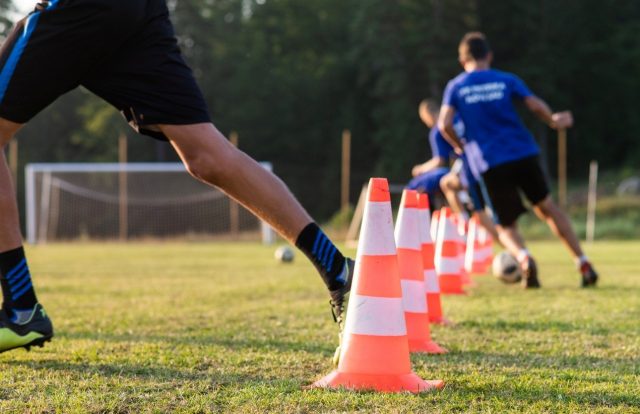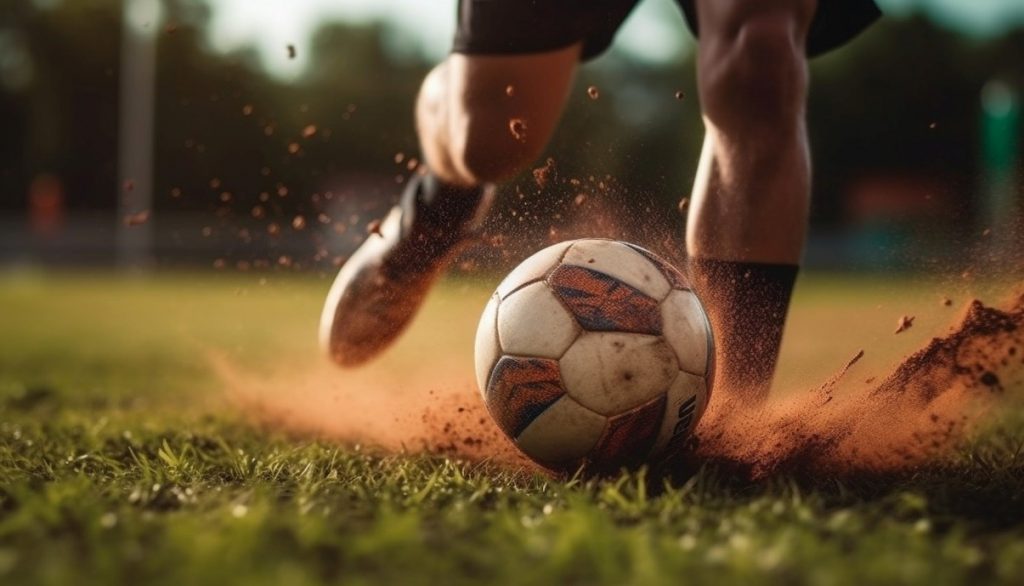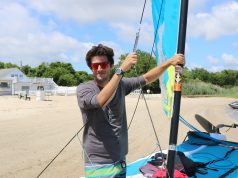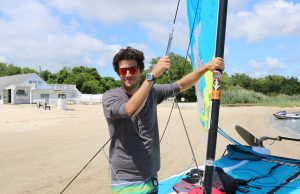Santiago Carlos Beunza is an athlete, coach, and soccer trainer working with college level athletes. In the following article, Santiago Carlos Beunza discusses tips for improving acceleration and quickness on the pitch.
Speed separates the exceptional players from the run-of-the-mill ball kickers, making it a major component within the sport. It’s unarguably as important as tactical mastery, conditioning, and strength. But despite this, it’s often an overlooked training area.
As most professional soccer players know, those with fantastically developed top speeds, deceleration, acceleration, directional changes, linear speed, and multidirectional speed garner the most success on the pitch explains Santiago Carlos Beunza.
Santiago Carlos Beunza Explains Why Speed and Performance Go Hand-in-Hand
Top sports performance can’t be achieved without speed. Athletes without this element struggle to compete in the sphere. Thus, athletes and coaches alike should focus more on developing this side of the coin.
Although, Santiago Carlos Beunza notes that some experts mention that speed isn’t quite as one-dimensional as it seems; it actually incorporates a variety of components, including:
• Linear
Santiago Carlos Beunza states that linear speed is measured by straight-line distance over a duration but mentions linear runs don’t often exceed 20 meters in soccer.
Top-level soccer players average 17 meters or 55+ feet per sprint, with fullbacks, wingers, and forwards performing more runs than those in center positions.
• Multidirectional
Santiago Carlos Beunza explains that typically related to curved angled sprints, true directional change speed in invasion sports is relatively rare, with 77% change of direction on the pitch at an angle of 90 degrees or less.
Beunza notes that athletes faster in acceleration tend to have higher entry velocities when changing directions. While great on the surface, it typically leads to slower exits. Thus, coaches should develop eccentric rate of force, efficient technique, eccentric strength, and deceleration.
• Deceleration
Research shows that high-intensity decelerations happen more often than the reverse in field sports, which is unfortunate considering the greater risk of injuries.
Santiago Carlos Beunza says that proper deceleration techniques must be given to and practiced by soccer players. Training this area of speed should be done with care since athletes are exposed to many such motions on the pitch.
Top Speed
Reaching top speeds in soccer games is unlikely. Studies prove athletes reach about 92% of their top speeds on average.
That said, they experience regular (albeit brief) exposures to 85%-95% of maximum velocity throughout training and during games. So, coaches should maximize on game-specific acceleration/deceleration movements to train players’ hamstrings to cope well with the strain.
Improving Speed and Explosiveness in Soccer with Expert-Given Tips
Following professional advice when training speed and explosiveness is key for soccer players (professional or otherwise). Recommendations can be divided into four categories — strength and power, sprinting, endurance, and flexibility.
When all four areas are consciously developed, athletes stand a better chance at becoming the elite players they’ve always dreamed about, reports Santiago Carlos Beunza.
 Training Strength and Power
Training Strength and Power
Power is a combination of strength and speed, and is necessary for acceleration on the pitch. But while increasing one boosts power, soccer players should endeavor to enhance both.
For the strength and power component of speed, soccer players should:
- Build functional strength, particularly core stability, during the offseason.
- Build maximal strength during early pre-season.
- Focus on muscular power and strength endurance when late pre-season hits through circuit training or plyometrics.
- Maintain the strength throughout the season.
Training Sprinting
Acceleration and running mechanics training should feature in soccer training, taking up roughly one short session a week in-season.
Experts suggest short distance drills at the start of the training session, with the focus being on form and speed of leg movement over the initial yards.
Training Speed Endurance
Santiago Carlos Beunza notes that speed endurance training is undeniably tough but provides remarkable rewards. It’s designed to produce large amounts of lactic acid rapidly, eventually increasing and accelerating the speed at which the body removes it.
Throughout mid to late pre-season, athletes should perform two speed endurance sessions a week, reducing them once the season begins.
Training Flexibility
Muscles can only contract as fast as the opposite muscles can relax. Therefore, training flexibility releases tightness, allowing faster relaxation.
Plus, range of motion increases helps lengthen strides — a must for rapid, agile direction changes.
That said, soccer players often don’t fancy stretching to increasing their range of motion. Thus, coaches must play hard ball to ensure such exercises are completed. Stretching three times a week after training sessions should be enough for most soccer players.



 Training Strength and Power
Training Strength and Power


